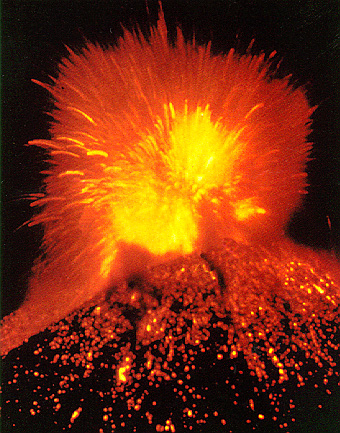
Water conservation involves reducing the demand for water, rather than trying to increae water supplies. This is important in a world where water supply is finite. Water conservation can be on three main levels; domestic, agricultural, industrial.
Domestic
Note each of the water saving tips here. Create a table with the headings 'Tip', 'Water saving' and 'Why do this' and add the information for 'in the kitchen', 'in the bathroom', 'in the garden' and 'others'.
Agricultural
Use the wikipedia entry to note some tactics for saving water in an agricultural context.
Industrial
Pernod Ricard (the major wine and spirits producer) are an example of water conservation on a commercial level. Read their policy and note some examples of the things they have done.



























